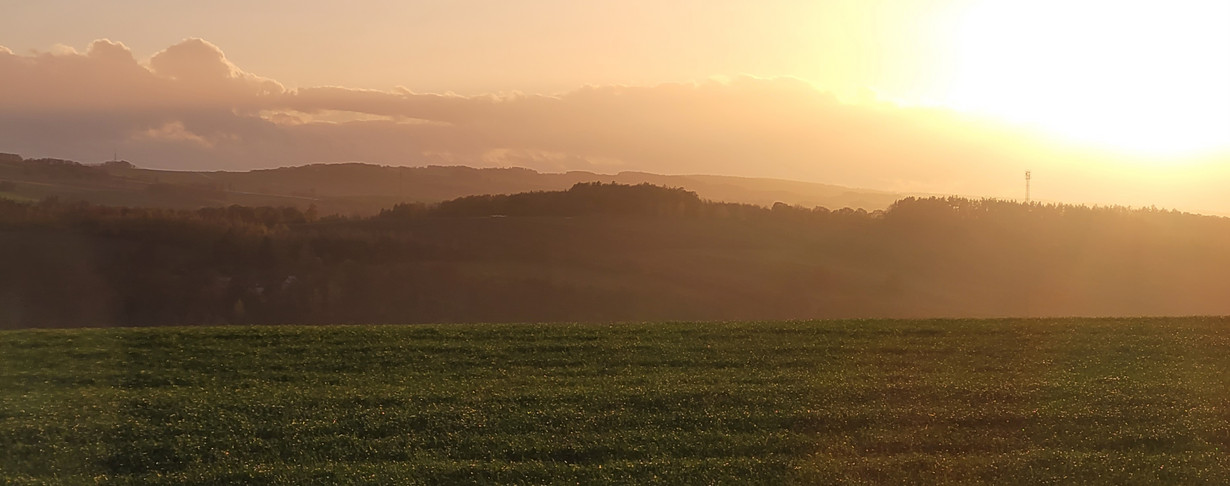
The town of Chemnitz was founded on a hill near the confluent of two rivers descending from the Ore Mountains. It was located in favour of roads that passed by towards Bohemia in the south, and the open plains in the north, and those, which connect Franconia and Bavaria to the east. It was mentioned first in 1143. The name derives form Slavonian language: it signifies river of stones.
Chemnitz is one of the most important centres of German industrial culture. The construction of the first cotton mills from 1798 onwards marked the starting point for a rapid industrialisation. By the beginning of the 20th century, Chemnitz had become one of the wealthiest cities in Germany. Numerous impressive buildings were built – cathedrals of industry that still characterise the look of Chemnitz today.
The breath-taking development of the town and the kingdom of Saxony first came to a standstill in the first world war. Afterwards, Chemnitz developed much more slowly. It kept its industrial basis still after the second world war, and so it was honoured with the name of Karl Marx by the communist government during the time of the German Democratic Republic (Karl-Marx-Stadt). Its post-war architecture takes up many of the ideas of the earlier Bauhaus-style architecture as can be studied around the 13-metres-high monument of marxism-leninism ‚dr Nischl‘ (‚The Head‘ in the local dialect). All over the time, fine arts flourished, paintings where collected, an opera was founded. It is no exaggeration to claim its museum Gunzenhauser one of the world capitals of expressionist arts.
After heavy losses following to WW I, WW II, and to the reunification process, the city counts nearby 250.000 inhabitants again. It is the third largest city in Saxony and all over the eastern Federal States. Chemnitz has been named European Capital of Culture 2025! The award-winning city centre is perfect for strolling around; you might find out about the fascination of the many different tastes of top-quality beers of most noble descent from its origins in Pilsen (‘Lager beer’). There are some remarkable museums not only for top-notch art but also for industrial history that present the city’s fascinating industrial heritage. Last but not least, Saxony’s beautiful Ore Mountains are just outside town and provide great options for combining city and nature explorations.
(Sources: City of Chemnitz, Kulturhauptstadt Chemnitz)